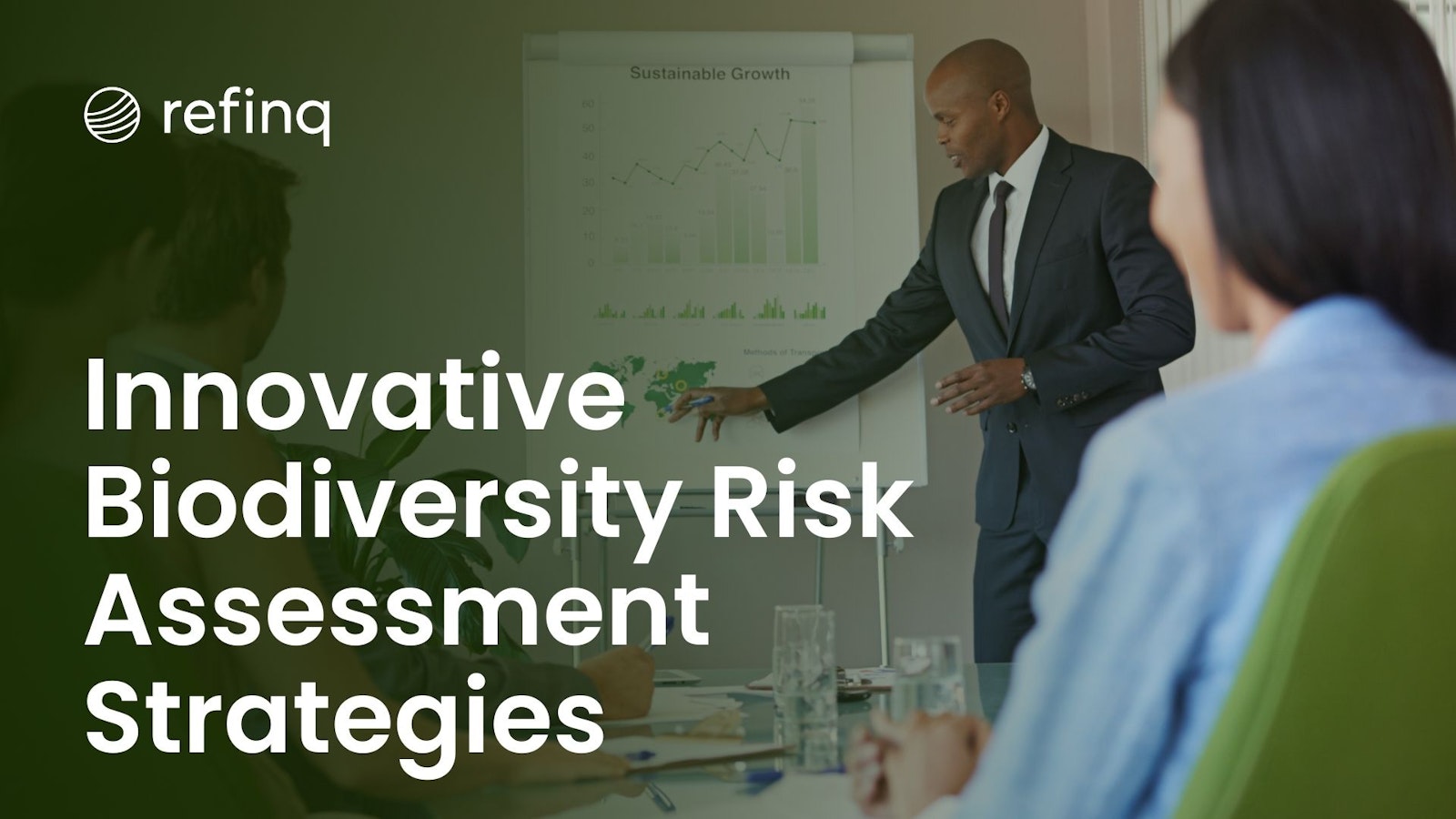

Biodiversity risk assessments are critical for evaluating how environmental and human-induced factors impact ecosystems. With biodiversity loss accelerating due to climate change, pollution, and deforestation, businesses and policymakers must adopt innovative approaches to safeguard natural resources. These assessments help companies identify vulnerabilities and integrate sustainable practices into their operations. Learn more about emerging trends in biodiversity risk management.
Incorporating advanced biodiversity risk assessments is essential for mitigating long-term environmental threats. Companies that rely on outdated risk assessment methodologies may face regulatory penalties, financial losses, and reputational damage. Modern solutions, such as data-driven platforms and geospatial analytics, provide more accurate and actionable insights. Read about new approaches to biodiversity risk assessments.
Traditional biodiversity risk assessments often suffer from fragmented data sources, leading to incomplete insights. Many businesses struggle to consolidate environmental, social, and economic data to form comprehensive risk models.
With evolving environmental policies and frameworks like the Taskforce on Nature-related Financial Disclosures (TNFD) and the Corporate Sustainability Reporting Standard (CSRD), companies must align their biodiversity strategies with global standards to avoid compliance risks.
Conventional risk assessment models typically focus on historical data, which limits their ability to predict future biodiversity risks. Businesses require forward-looking tools that leverage machine learning and predictive analytics.
Artificial intelligence (AI) and big data analytics have revolutionized biodiversity risk assessments by offering real-time monitoring and predictive modeling. These technologies enable organizations to assess risks at a granular level, improving decision-making and proactive conservation efforts.
Modern platforms utilize geospatial analysis to provide highly detailed risk maps, allowing businesses to visualize biodiversity threats at specific locations. This enhances strategic planning and risk mitigation efforts.
Climate and biodiversity risks are interconnected, and innovative assessment tools now integrate both elements. Solutions like refinq provide advanced climate and biodiversity risk analyses, helping businesses assess potential environmental impacts with high precision.
As companies strive to align their sustainability strategies with science-based targets, platforms like refinq play a crucial role in biodiversity risk assessments. refinq offers cutting-edge tools that enhance environmental risk evaluation by processing vast data sets from earth observation and climate models.
High-Resolution Risk Mapping: refinq provides granular biodiversity risk assessments with location-specific insights.
Regulatory Compliance Alignment: The platform aligns with frameworks such as TNFD, CSRD, and SBTN, ensuring companies meet stringent disclosure requirements.
Predictive Analytics for Future Risk Scenarios: refinq forecasts environmental risks up to 2100, enabling businesses to implement long-term conservation strategies.
Actionable Sustainability Solutions: By translating complex biodiversity data into actionable insights, refinq supports companies in developing nature-positive strategies.
Explore how refinq enhances biodiversity risk assessments.
Businesses should begin by conducting thorough biodiversity risk assessments using AI-driven analytics and geospatial data tools.
Companies can adopt regenerative agriculture, habitat restoration, and carbon offset initiatives to mitigate biodiversity loss.
Using platforms like refinq, organizations can track biodiversity performance indicators and ensure compliance with international sustainability standards.
Encouraging supply chain partners and investors to align with biodiversity risk frameworks strengthens corporate sustainability efforts.
Innovative approaches to biodiversity risk assessments are essential for businesses to navigate environmental challenges and drive sustainable growth. The integration of AI, big data, and geospatial analysis enhances risk evaluations, enabling companies to develop nature-positive strategies.
As a leader in environmental risk management, refinq provides advanced tools that empower businesses to make data-driven decisions. By leveraging refinq’s cutting-edge technology, companies can improve biodiversity risk assessments, ensure regulatory compliance, and safeguard ecosystems for future generations.